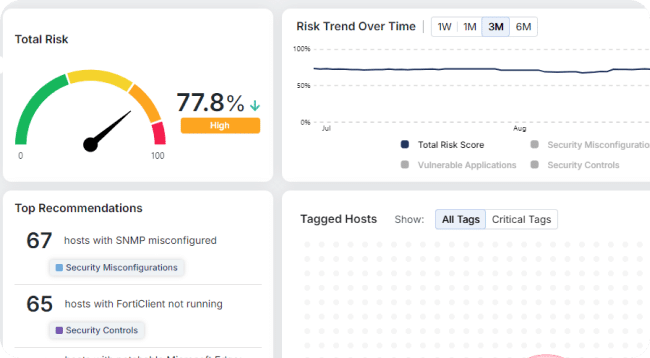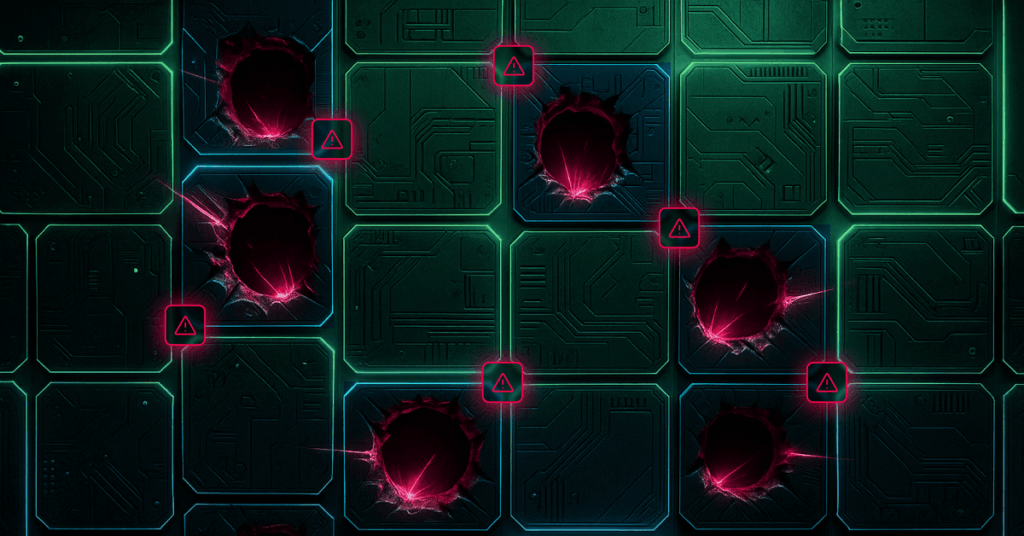The NPM Worm That No One’s Talking About — But Everyone Should Be

A dangerous, self-propagating malware attack is actively compromising the NPM ecosystem — and the cybersecurity world isn’t paying enough attention.
Dubbed “Shai-Hulud,” this worm is far more than just another open-source security incident. It’s a stark warning about how quickly and silently our software supply chains can be weaponized. And while media coverage has focused narrowly on CrowdStrike’s involvement, the real story is much bigger — and far more alarming.
A Worm in the Heart of the Software Supply Chain
Shai-Hulud is a self-replicating worm that spread autonomously through the NPM package registry, infecting over 300 packages (and climbing). Its propagation methods are sophisticated and multilayered:
- It uses stolen developer credentials to compromise legitimate packages.
- It exfiltrates secrets like API keys, GitHub credentials, and NPM tokens.
- It hijacks GitHub Actions, injecting malicious scripts into CI/CD workflows.
- And most critically, it spreads on its own, embedding itself across interconnected open-source libraries that developers blindly trust every day.
This isn’t theoretical risk. It’s happening now — and it’s targeting one of the most critical components of the global software supply chain.
Why This Attack Is Different (and So Dangerous)
Most malware requires a user to click a link or download an attachment. Not Shai-Hulud. Once it’s in, it spreads—autonomously. Like a worm, it doesn’t just infect systems; it travels through them, leveraging automation, cloud-connected services, and dependency chains to multiply its reach.
The scale and speed are sobering:
- From 187 to nearly 500+ infected NPM packages in just a few days.
- Packages with millions of weekly downloads, like TinyColor, have been compromised.
- Even CrowdStrike, one of the industry’s leading security vendors, was caught in the blast radius.
And yet, coverage has remained limited and largely focused on big-name brands. That’s a mistake. This is not a CrowdStrike problem, it’s a software supply chain crisis.
Why the Cybersecurity Community Must Pay Attention
Despite its massive implications, Shai-Hulud isn’t making headlines like SolarWinds or Log4Shell. Here’s why that should concern everyone:
- The Trust Model of Open Source Is Under Attack — Developers trust NPM packages implicitly. This worm exploits that trust, using legitimate tools like TruffleHog to harvest secrets and infect dependent libraries downstream. Once a single popular package is compromised, the blast radius extends to every app, service, and customer relying on it.
- Credential Theft = Long-Term Risk — The malware doesn’t just spread. It posts stolen secrets — including GitHub tokens, AWS keys, and NPM credentials — to public repositories, turning exposed developer credentials into ticking time bombs that can be used to launch future attacks.
- CI/CD Pipelines Are a Goldmine — By injecting malicious code into GitHub Actions and exploiting stored tokens on developer endpoints, the worm corrupts the build process itself. This means that even production deployments could be compromised — silently and at scale.
- Security Teams Are Being Outpaced — The response to Shai-Hulud has been slow, and the damage is ongoing. Even with infected packages being removed, dormant code and stolen credentials could reignite the threat at any time.
- The Real Impact Goes Far Beyond Developers — This isn’t just about code integrity. It’s about business continuity. A single poisoned package can delay software releases, corrupt production systems, expose customer data, and erode trust in your brand.
What Can Be Done? A Call for Proactive Defense
The Shai-Hulud worm proves that detection and response are no longer enough. We need a new model of defense — one that stops these attacks before they execute, not after the damage is done.
That’s where Morphisec comes in. Morphisec helps stop worms like Shai-Hulud by:
- Preemptive Protection at the Endpoint — Morphisec’s Automated Moving Target Defense (AMTD) prevents unauthorized code like Shai-Hulud’s worm from executing in memory. It stops malicious scripts — even legitimate-looking ones like bundle.js or TruffleHog-based tools — before they can act.
- Securing Developer Environments — Morphisec protects Linux-based developer workstations and servers where credentials and NPM tokens are stored. It ensures these systems don’t become entry points for wider infections.
- Fortifying CI/CD Pipelines — Morphisec blocks malware from infiltrating GitHub Actions or modifying build processes, reducing the risk of poisoned releases and secret exfiltration.
- Providing Visibility and Forensics — Security teams gain real-time alerts and prevention logs, enabling them to act swiftly, identify compromised systems, and understand attacker behavior before it spreads.
While traditional solutions focus on detecting threats after they act, Morphisec prevents them before they can execute. It’s lightweight, scalable, and built to protect modern software development workflows — without disrupting productivity.
A Wake-Up Call We Can’t Ignore
Shai-Hulud should be dominating headlines — not as a vendor incident, but as a full-blown supply chain security crisis. It exposes the systemic vulnerabilities in the open-source ecosystem, the fragility of developer credentials, and the urgent need to secure CI/CD pipelines.
If we don’t act now, the next worm will be faster, stealthier, and more destructive.
The Time for Proactive Security Is Now
- Audit and lock down NPM tokens, API keys, and CI/CD credentials.
- Implement defense-in-depth strategies, like advanced deception techniques using Automated Moving Target Defense, that secure your endpoints and your build systems.
- Adopt zero-trust principles across your software development lifecycle.
- Most importantly, invest in proactive defenses like Morphisec that prevent attacks before they start.
Morphisec stops threats like Shai-Hulud before they take root. Let’s secure your software supply chain — from dev to deploy. Schedule a demo to see Morphisec in action.
Stay up-to-date
Get the latest resources, news, and threat research delivered to your inbox.




















